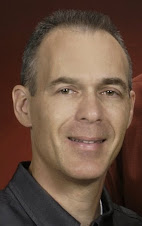Why is it that lights are on so much when they make no difference whatsoever? And sometimes they seem deliberately wasteful. I notice this all the time. Here's one example.
For the last couple of years I have attended a
UConn football game on the Saturday after Thanksgiving in East Hartford CT at
Rentschler Field. The game is played in the early afternoon. In both cases it was a bright, sunny day. Also in both cases, all the field lights were on from the time we arrived. I have no idea how early in the day they were lighted, but they were on for at least a couple of hours prior to the start of the game.
 |
| Note the bright sunshine. This was late in the game; earlier there were no shadows on the field at all |
|
|
According to the Rentschler Field
website, there are 316 fixtures affixed on four light towers and above the press box. My best guess is that each fixture is 600-1200 watts. The lights were on for at least 6 hours. I'll concede that it may have been worthwhile to turn on some of the lights towards the end of the game as the sun got low, but they could have played the entire game without the lights, and no one would have noticed until at least 3:30 PM and probably not at all if they had never come on.

















